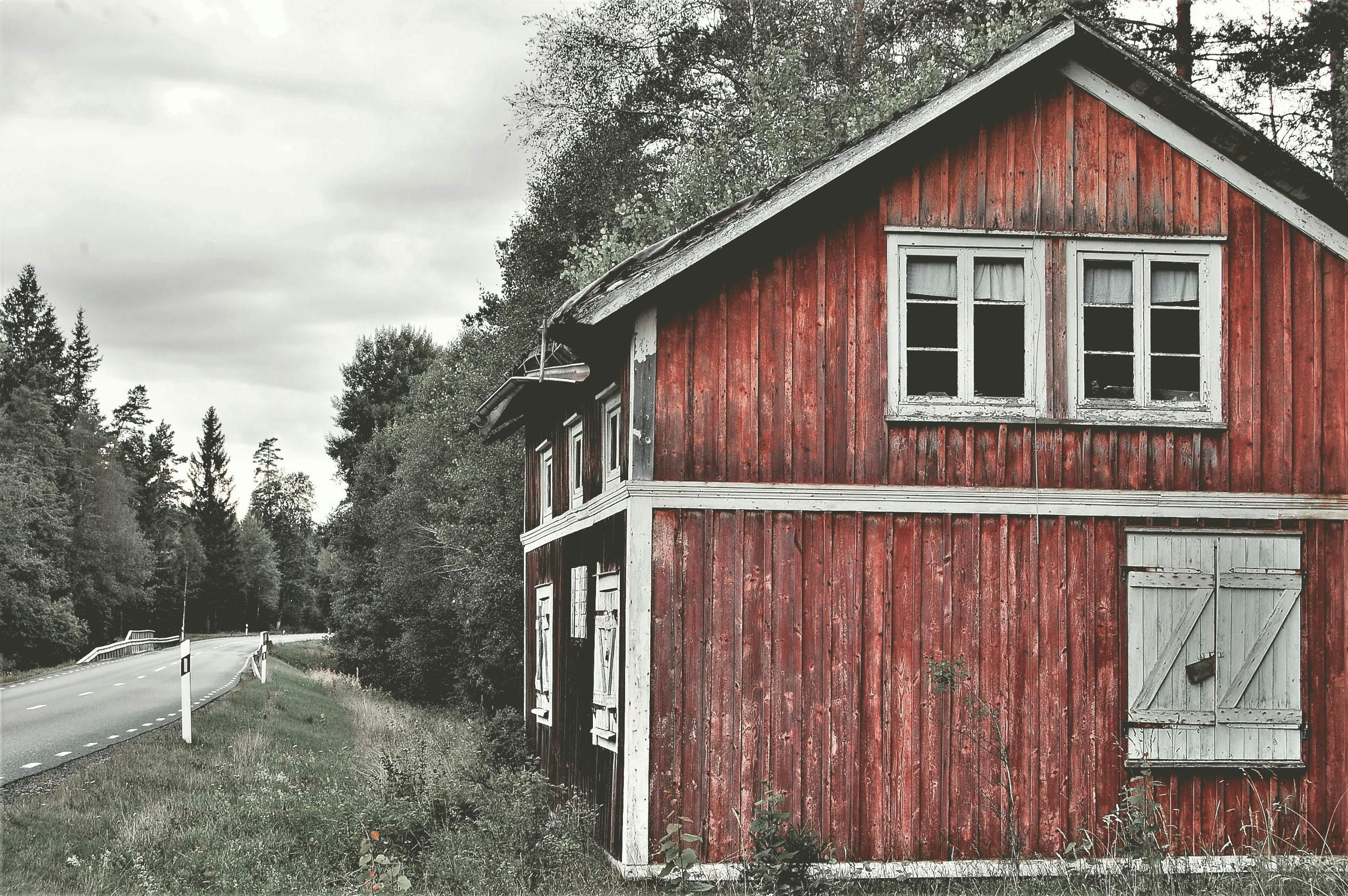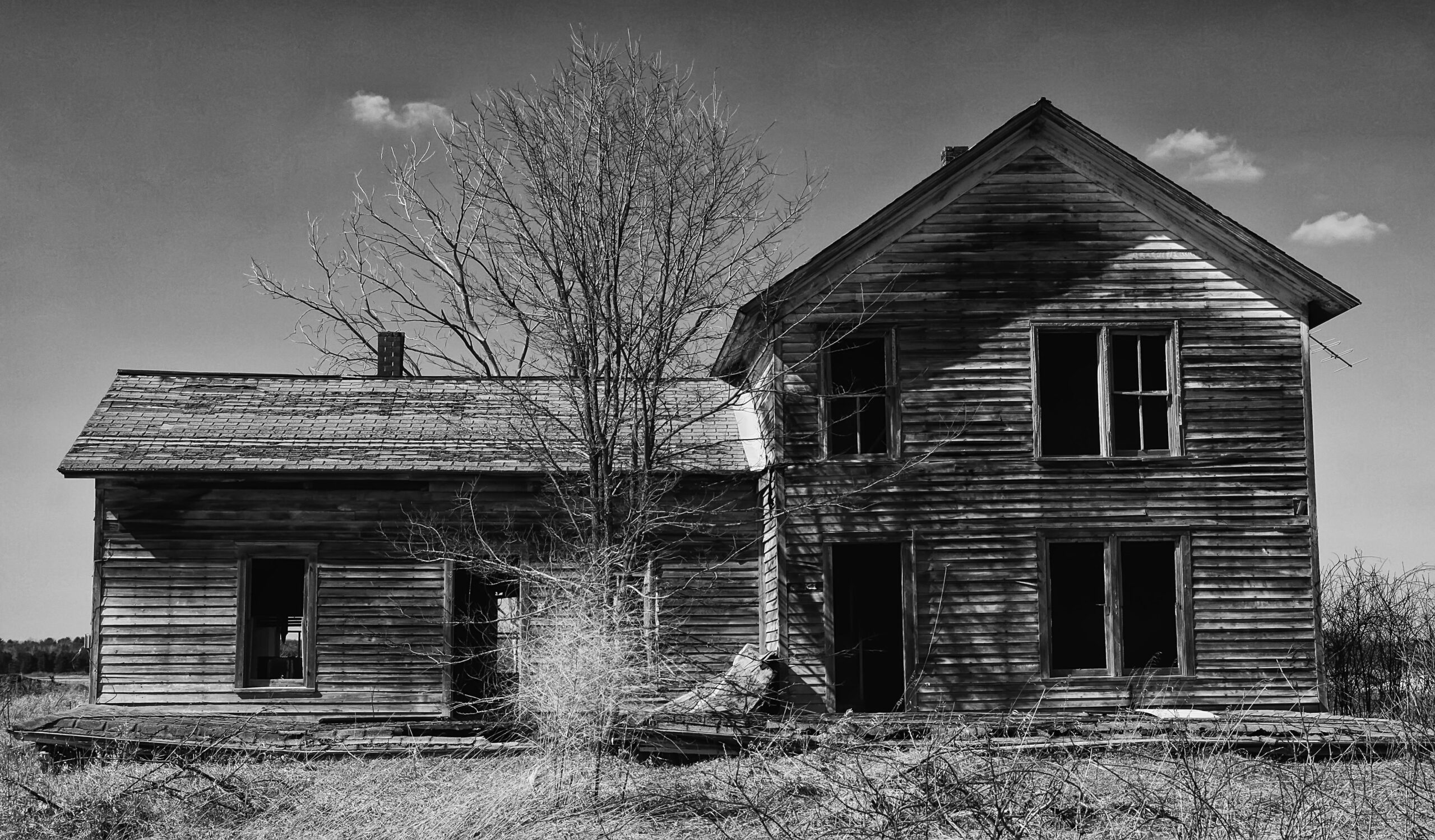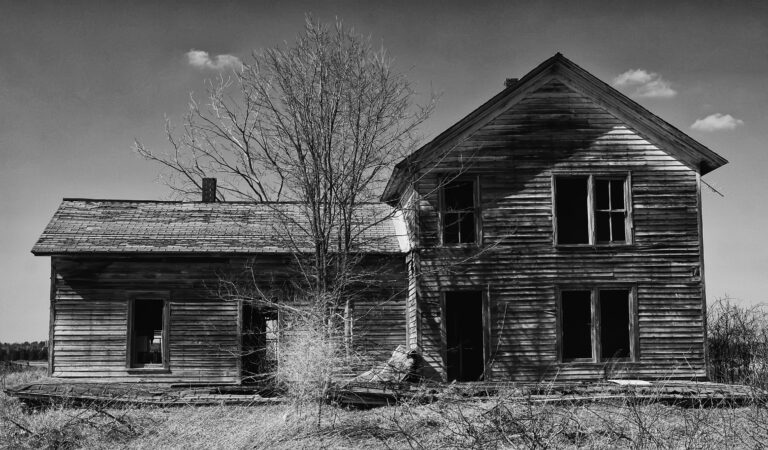
“Zombie foreclosures” refer to properties abandoned by the owner after receiving foreclosure notices but before legal transfer of title and completion of the homebuying process, even with the help of brokers. These homes are caught in limbo—vacant, deteriorating, and yet still technically tied to financial and maintenance obligations.
Current Trends
According to ATTOM Data Solutions, in the first quarter of 2025, there were approximately 212,268 homes undergoing foreclosure—down 1.5% from the prior quarter and a notable 12.6% year-over-year decline. Of these, 7,094 are zombie foreclosures—a slight quarterly dip of about 0.2%, and a 3.3% decrease compared to Q1 2024.
In perspective, just one in every 14,668 U.S. homes is a zombie foreclosure, an improvement over previous figures (down from one in roughly 14,591 at the end of 2024 and one in 13,905 in Q1 2024). This remains the lowest level seen in recent years, well below the peak around late 2023 when the ratio was one in 11,412.
Summary: Although zombie foreclosures remain rare nationally, they’re creeping upward in pockets of the country.
Where Are Zombie Foreclosures Rising—and Why?
While nationwide numbers remain low, some regions are seeing significant increases in zombie foreclosures:
-
Missouri: Up 85% (from 27 to 50 properties)
-
Michigan: Up 51% (from 55 to 83)
-
South Carolina: Up 31% (from 74 to 97)
-
Indiana: Up 28% (from 215 to 276)
-
Kansas: Up 26% (from 69 to 87)
Economic pressures—such as high inflation, near‑7% mortgage rates, and homeowner uncertainty—likely contribute to these regional surges. In many parts of the Midwest, for instance, modest housing prices attract buyers, meaning struggling homeowners often choose to sell rather than abandon a property.
Example Metro Hotspots:
Realtor.com identifies metro areas with notable numbers of zombie foreclosures in Q1 2025:
-
Miami–Fort Lauderdale–West Palm Beach and New York–Newark–Jersey City: each ~747 vacant pre-foreclosure homes
-
Chicago: ~472
-
Tampa–St. Petersburg–Clearwater: ~324
-
Cleveland–Elyria: ~201
Comparisons Over Time: A Glimpse at Recent Years
Late 2023: ATTOM recorded around 8,900 zombie foreclosures—up 1.4% from the prior quarter and 15.3% year-over-year. Still, the ratio remained low: approximately one in every 11,412 homes.
2024 Trends:
-
Q2 2024: Zombie counts dropped to 6,945, a quarterly decline of 5.4% and 20.6% year-over-year, representing one in 14,724 homes.
-
Q4 2024: Reports held at around 7,100, down 20.2% from Q4 2023, equating to one in 14,591 homes.
These consistent declines reflect the resilience of the housing market, with elevated home equity enabling homeowners to either sell or retain property rather than abandon it.
Why the Increase in Some Areas … But Not Many Elsewhere?
Strong Housing Market as a Buffer
Nationwide, soaring home prices (median values hitting new highs) and strong equity positions have largely insulated homeowners from the kind of blame-shifting fallout seen during the post‑2008 recession. When homes do become abandoned, market demand often pulls them back into circulation quickly.
Regional Economic and Legal Frictions
In areas with rising zombie foreclosures, factors may include extended legal foreclosure timelines, weaker local markets, or homeowner misconceptions about their obligations post-foreclosure notice. These conditions make abandonment—rather than sale—a more likely path.
Potential Risks of Zombie Foreclosures
While rare overall, zombie foreclosures carry risks where they occur:
-
Neighborhood blight: Vacant homes can attract vandalism or decay, destabilizing community aesthetics.
-
Legal and financial exposure: Owners may still be liable for property taxes or insurance after abandonment.
-
Loss of equity and control: Before a formal foreclosure takes place, homeowners may lose control of assets without monetary recovery.
Looking Ahead: What to Watch
-
Close monitoring of regional trends
While national numbers remain low, states like Missouri and Michigan could signal emerging local risks. -
Economic shifts
Rising unemployment or continued mortgage rate pressures might broaden vulnerabilities—potentially increasing zombie foreclosures in more locales. -
Policy interventions
A streamlined foreclosure process, tenant protection laws, or clearer homeowner communication could reduce zombie foreclosures. -
Investor and municipal action
In many cases, fast-tracked sales or community rehabilitation efforts can prevent long-term neighborhood damage when abandonment occurs.

Conclusion
Though the term “zombie foreclosures” may conjure images of widespread abandonment and decay, the reality—in early 2025—is far less dramatic. Nationally, just a sliver of homes fall into this limbo, and overall trends point downward in most places. Yet in some regions, notable increases deserve attention—both for the homeowners caught in the middle and the broader communities impacted.
With economic uncertainties on the horizon, careful monitoring of evolving foreclosure patterns—and proactive policy or community responses—can help ensure that zombie properties remain a rare nuisance, not a growing plague.





